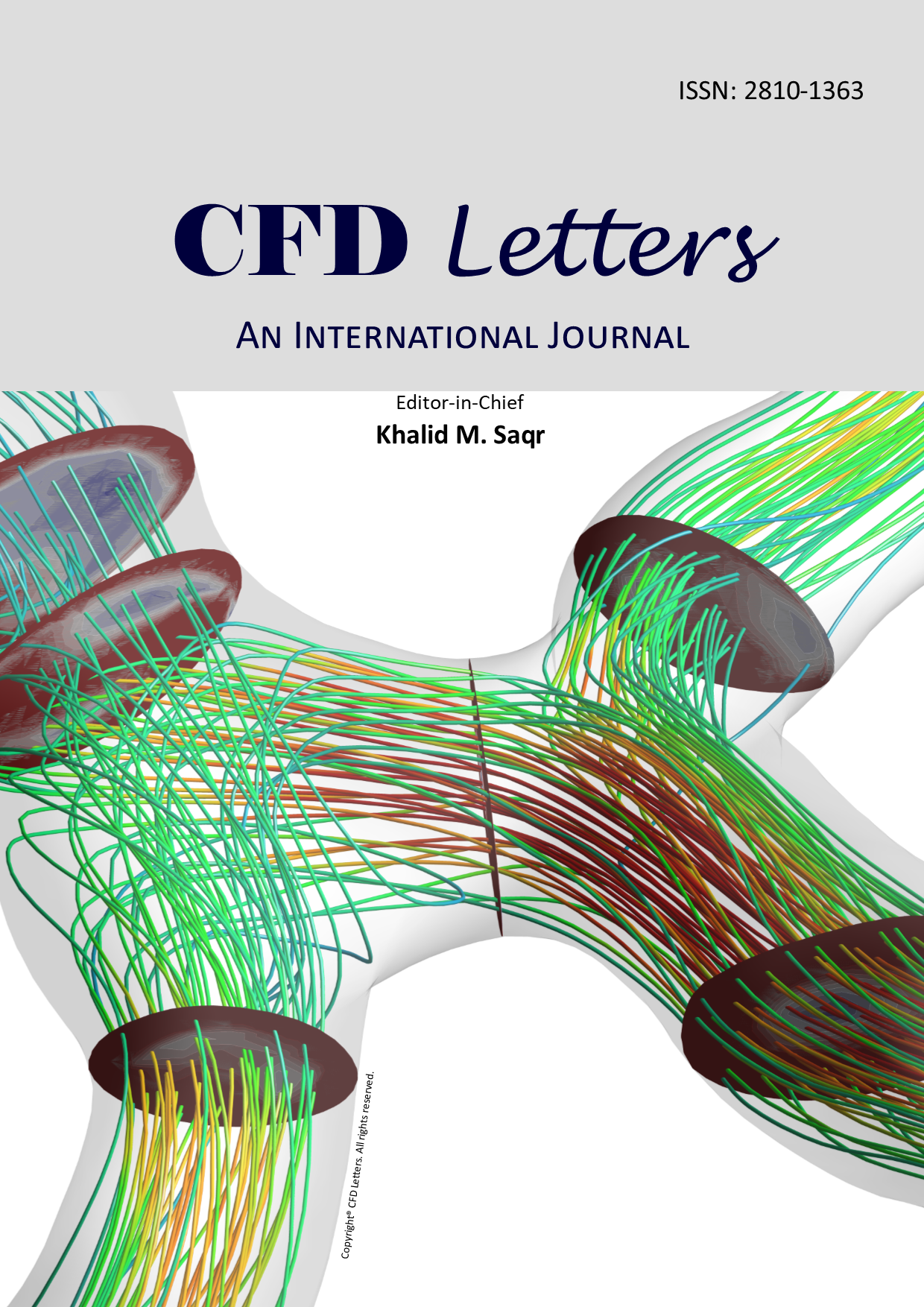Alternative Design of Air Ventilation in Passenger Lift for Thermal Comfort
Keywords:
thermal comfort, temperature, numerical modelling, elevator, air ventAbstract
Thermal comfort is an important aspect for passenger lift operation. It is a common experience to encounter thermal discomfort, especially in crowded passenger lifts. The interior temperature of passenger lifts is the deciding factor of thermal comfort, which is dependable on the size of the lift, number of passengers, air vents size and ventilation system. This study investigated an alternative design by replaced the intake fan with an exhaust fan and by introduced automatically operated dynamic air vents. This concept of integrated an exhaust fan and dynamic air vents is conducted on a Schindler passenger lift with FLUENT. The simulations conducted are compared with the conventional design, where airflow pattern, airflow velocity, and temperature changes are studied. Airflow analysis showed that the alternative ventilation system promoted a well-distributed airflow pattern within the lift with an average air velocity of 0.5 m/s at specific dynamic air vent angles. The air temperature surrounding the passenger is cooled and maintained at an average 24 °C while maintaining the overall interior temperature. The temperature difference between the human head and the lower body region for the conventional and alternative system were 3 °C and 2 °C, respectively. The airflow pattern, airflow velocity, and temperature changes with the alternative design are observed to be better than those of the conventional design. Hence, the proposed design offers an alternative to improve thermal comfort inside passenger lift.













